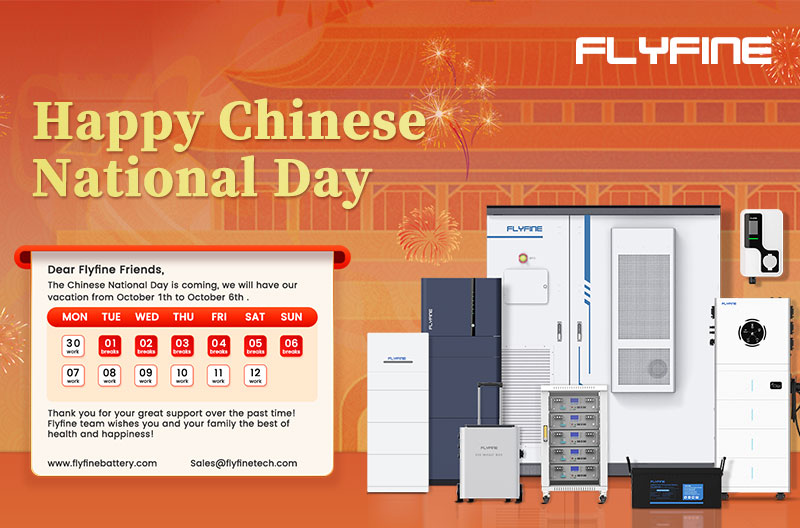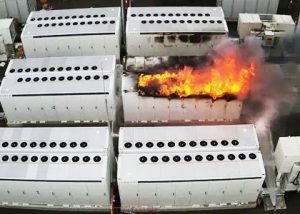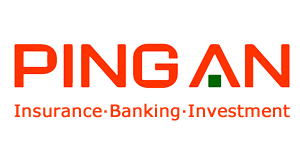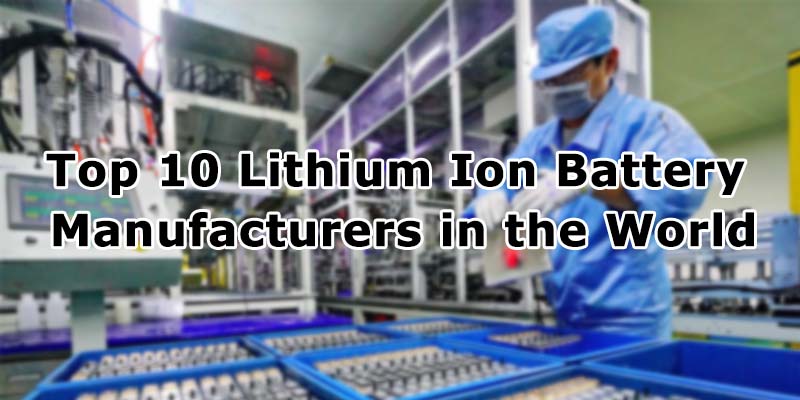
The PV industry’s manufacturing sector is experiencing significant growth in 2022 due to increased demand in the application market. The latest data released in Feb 2023 by the China Photovoltaic Industry Association predicts that global installed PV capacity will increase by 35.3% year-on-year to reach 230 GW in 2022.
Mainland China continues to become the dominant production capacity hub, with 98% of global silicon wafer capacity, over 85% of cell capacity, and approximately 77% of module capacity. In recent years, the industry center of gravity has shifted further towards mainland China, which is Estimated to account for over 80% of the world’s total production of silicon wafers, cells, and modules in 2022 and is displaying robust growth momentum.
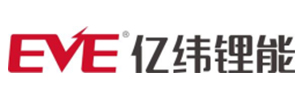
| Headquarters | HuiZhou, China |
| Establishment | 2001 |
Since 2022, EVE has expanded production capacity and diversified product development with a strategy including square, soft pack, and cylindrical batteries. In August 2022, the company launched the first system product of its 46 series large cylindrical battery, developed by its research institute.
EVE’s latest innovation is the 4695 large cylindrical battery with a single-cell energy density of 350Wh/kg, 9-minute super-fast charging, and 30% improved manufacturing efficiency. EVE also introduced new technologies and products such as the “π” battery system, solid-state and sodium-ion batteries, lithium-metal secondary batteries, and hydrogen energy technology.

| Headquarters | GanZhou, China |
| Establishment | 2009 |
Farasis is a company that focuses on the development and production of sodium ion batteries. Sodium ion batteries are a new type of energy storage technology that offer higher energy density, lower cost, more stable performance and wider applicability than traditional lithium ion batteries.
Recently, Farasis announced that it will start mass production of sodium ion batteries at June, a sign that the company has entered the industrialisation phase and a breakthrough achievement with global impact in the field of sodium ion batteries in China.

| Headquarters | Seoul, Korea |
| Establishment | 1947 |
In 2022, LG Chem announced that it will transform itself into a leading global science company, and will actively promote green and low-carbon management by making environmental materials, battery materials and global new drugs its three new growth engines and increasing the proportion of high value-added businesses to over half of its overall business.
In respect of digital transformation, LG Chem will create smart factories with automation and digitisation at the core through artificial intelligence technology to continuously improve production efficiency at global production sites.

| Headquarters | LuoYang, China |
| Establishment | 2007 |
As a few lithium battery companies with a central enterprise background in China, AVIC Lithium is the largest power battery company on the domestic announcement directory.
However, customers mainly commercial vehicles in the short term can quickly make the performance bigger, after all, commercial vehicles can not continue to grow at an advanced rate, the future growth momentum also depends on the development of passenger cars.

| Headquarters | HuiZhou, China |
| Establishment | 2002 |
Desay is a pioneer in the manufacture of lithium batteries in China and its newest base in Changsha will also be the global functional headquarters and R&D centre for Desay’s ESS segment.
Desay uses the most advanced battery automation production equipment in the industry, with an automation rate of 99%.
It is worth mentioning that the production line incorporates an MES system and AI inspection system, which allows real-time monitoring of 2,500 factors in the production process. Not only is the product data traceable, but the consistency and reliability of the products will also be significantly improved.
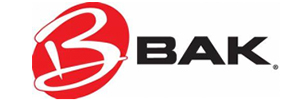
| Headquarters | ShenZhen, China |
| Establishment | 2001 |
BAK’s cylindrical batteries feature a more stable composite graphite structure, allowing for further improvements in capacity and cycle life. It is currently dominant in the new energy vehicle battery industry. State-of-the-art technology enables unmanned and computerised workshops, further improving production efficiency and reducing production costs. The utilisation of resources has been greatly increased and the development cycle shortened.

| Headquarters | HeFei, China |
| Establishment | 2006 |
Gotion High-tech has been actively implementing the whole industry chain strategy, from lithium mining and processing to battery material recycling system construction, and has initially built a perfect battery recycling system.
On 15th March, Gotion High-tech and Edison Power reached a strategic cooperation agreement, whereby the two parties will work together to Development of energy storage in Japan and inclusion of the Japanese market in a strategic approach to the introduction of batteries, leading to increased acceptance of new energy sources in Japan.
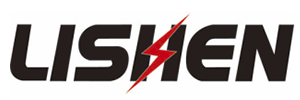
| Headquarters | TianJin, China |
| Establishment | 1997 |
Lixin is the only company in which a central Chinese company has a stake. Its self-developed energy storage system is applied to power supply in the Antarctic region. It has undertaken nearly 50 national R&D programmes and industrialisation projects.
Lixin has tackled key core battery technologies and plans to increase its production capacity to 400GWh by 2030.
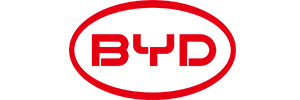
| Headquarters | ShenZhen, China |
| Establishment | 1995 |
BYD is in a state of rapid growth, judging from the change in the company’s battery installation volume.
BYD installed 7.5GWh of batteries in February, with a market share of 34.19%, compared to 21.24% in the same month last year.
CATL is slightly down, but its market position is still relatively solid, while BYD is accelerating to Keep up with CATL, further narrowing the gap between the two. In terms of market share, CATL + BYD has accounted for nearly 80% of the power battery market.
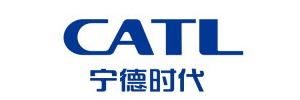
| Headquarters | NingDe, China |
| Establishment | 2011 |
5 years ago, with the rapid expansion of CATL’s revenue, its gross profit margin has been on a declining trend. The main reason for the decline in gross margin is that the market expansion in the industry has led to an influx of competitors to capture the market with low price strategies, which has affected the profitability of CATL.
Although CATL, which started earlier, still retains an advantage in terms of production capacity, which enables it to maintain a substantial total profit when realising the “price for volume” strategy, it is undeniable that the power battery industry has entered into a price war and the excess profits of the past have disappeared.
Conclusion
The photovoltaic industry in China enjoys a competitive advantage due to its strong export competitiveness and the interlinked industry chain. China has the most comprehensive PV supply chain globally, with complete industrial support and upstream-downstream linkage, and significant production capacity and output advantages, forming the basis for supporting product exports. China’s PV industry continues to innovate and lead the world in technological advancements, which lays the foundation for capturing opportunities in the international market. Additionally, digital and intelligent technologies are accelerating the digital transformation and upgrade of the manufacturing industry, significantly enhancing production efficiency.
The global photovoltaic industry has substantial potential for development and will maintain high demand in the future. The trend towards diversified, clean, and low-carbon energy structures is irreversible, and governments worldwide are actively supporting the growth of the solar photovoltaic industry. Technological advancements have led to a continuous decrease in PV power generation cost, and overseas demand for PV installations will remain high in the medium term. According to the China Photovoltaic Industry Association, new global PV installations are predicted to reach 324-386 GW by 2025, supporting a continued high level of demand for PV industry chain products. However, need to be cautious of the possibility of overcapacity by 2025, taking into account market digestion and supply-demand balance.





